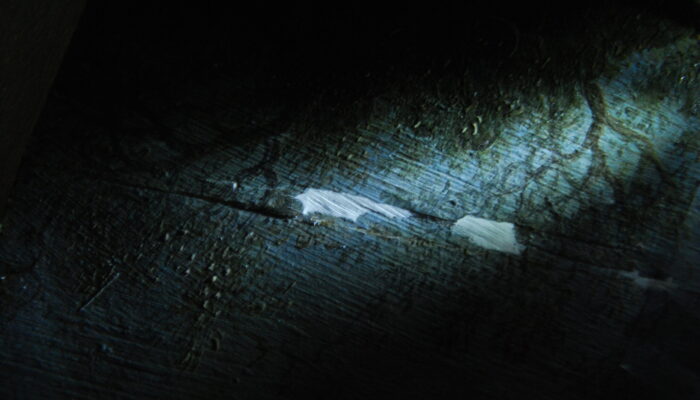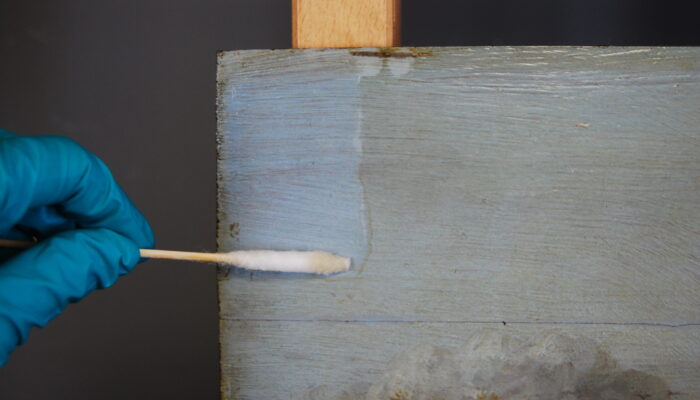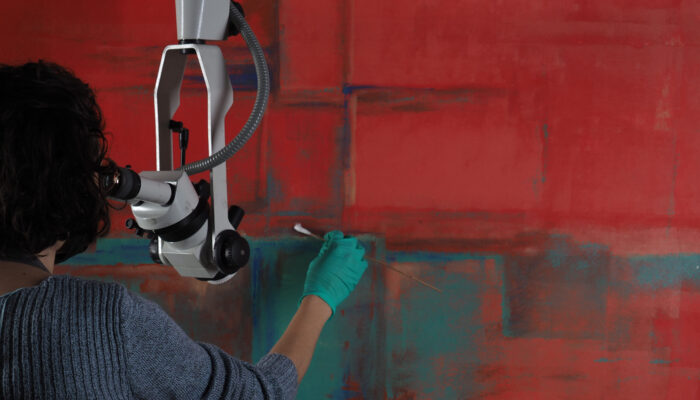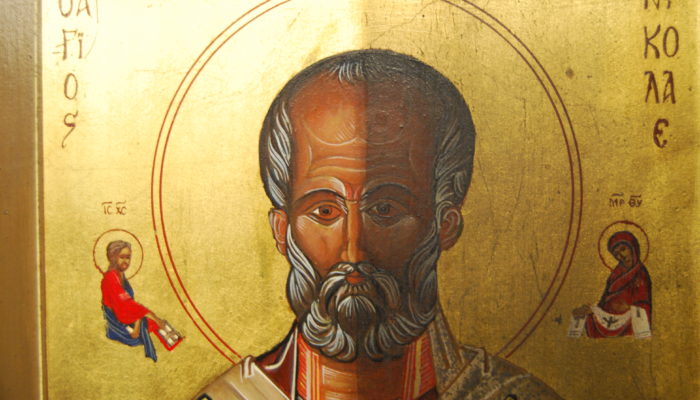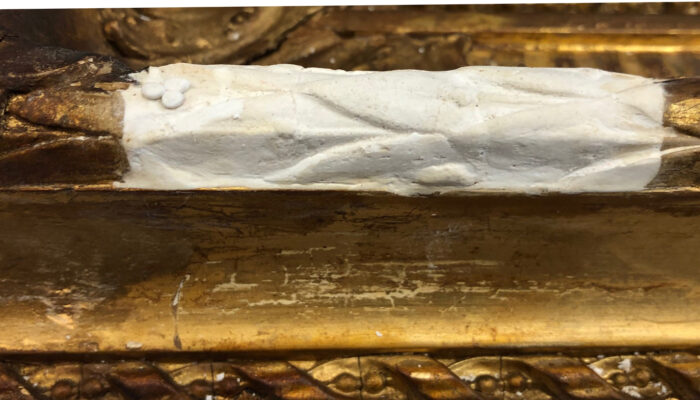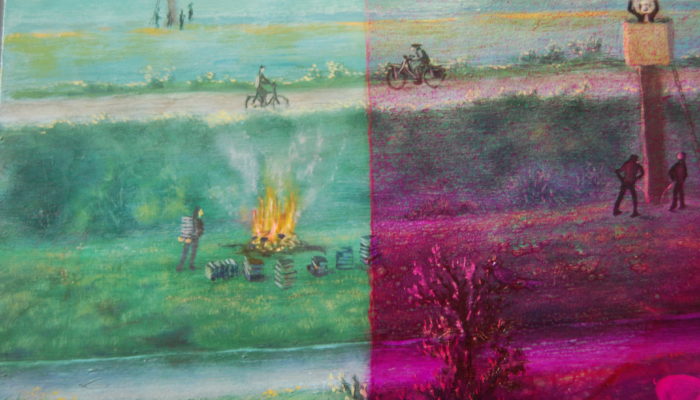Art Conservation has extensive experience in the field of conservation and restoration of paintings, ranging from classical to modern painting. The support of the artwork can vary from canvas and panel to copper . We work both in situ and in the studio.
We offer the following services:
Advice | Research | Documentation | Conservation-Restoration treatments | Preservation | Reconstructions and Replicas | Installation | Art Handling | Condition reports and survey
Advice
Each painting is most susceptible to damage in transit and handling. So every action must be thought through. In addition, paintings can be stored or presented in various ways: hanging, standing, lying or on a roll. Art Conservation offers advice on storing , handling , hanging and presenting your painting.
Research
Prior to the conservation treatment, each work undergoes an optical examination, the results of which are used as the basis for a substantiated proposal for preservation and / or conservation. This is done with a microscope or an ARTIST camera.
- Microscopic examination:
In the studio of Art Conservation, paint layers are viewed with a stereo microscope, whereby the different layers, whether original or not, can be clearly seen. - Ultraviolet Fluorescence :
An important part of an optical examination is the use of a UV lamp . Old conservation- restoration treatments , such as retouching and overpainting, become visible by means of ultraviolet light. - Infrared reflectography :
Nothing is what it seems. In paintings, too, there is a lot hidden under the surface, which is hidden from our normal view. With the help of the multi-spectral digital “ARTIST” Camera, overpaintings, previous restorations, damage and underlying drawings can be made clear.
Preservation
Preventive conservation comprises a range of indirect measures and actions aimed at the environment of your painting, with the intention of preventing and minimizing damage or loss. For example, we can evaluate the storage conditions of your painting and – if necessary – improve it. After all, prevention is better than cure!
For some paintings, prevention is no longer enough. These fragile pieces are taken care of in our restoration workshops. We call this active preservation/conservation (sometimes also curative conservation): the treatment of a painting with minimal and reversible direct interventions to prevent further disintegration. Examples are consolidating or strengthening your painting.
Art Conservation has the space, materials and professional restorers to preserve your paintings in the best possible way.
Conservation- Restoration
Art Conservation works with qualified conservators who preserve the paintings in their authenticity and apply techniques that do not cause damage.
You can contact us for a variety of treatments:
Cleaning | Varnish removal | Stabilize scratches or cracks | Fillings | Removing old restorations such as overpainting and retouching | Stabilize or strengthen the substrate | Flatten | Retouching gaps in the paint layer | Applying a new layer of varnish | Fills and retouching of frames
The frame of the painting can also be included in the conservation-restoration plan. This is done either from an aesthetic point of view or when the frame construction has deteriorated to such an extent that it threatens to become harmful to the painting.
Documentation is very important. After the treatment, a final report is drawn up in which all examinations and treatments are described in detail and documented using photos. This offers the customer insight into the restoration process. Openness about our activities is an important pillar within our company.
Artists:
Karel Appel | Anthonie Jansz van der Croos | Jan Frederik van Deventer | Adrian Ghenie | F. vn Gulik | Isaac Israëls | Cornelis de Jonker | J. Kuypers | J. H. Moesman | Jan van Schoonhoven | Frits Verdonk |
Code of Ethics: Art Conservation carries out all work according to the ethical guidelines for conservation and restoration of cultural heritage of the European Confederation of Conservators-Restorers’ Organizations (ECCO).
If you have any questions about the restoration of paintings, please contact us so that we can discuss the options together.


